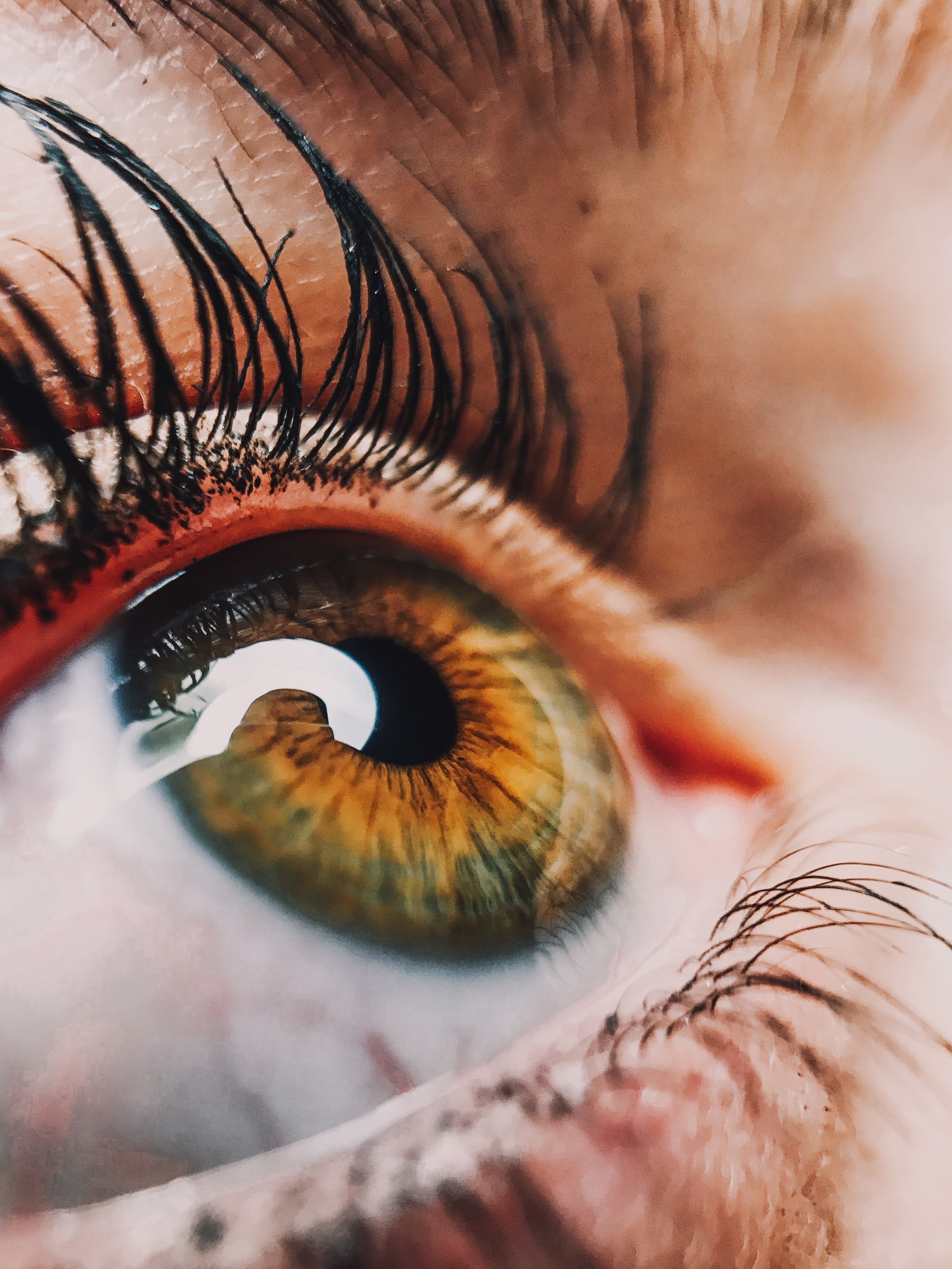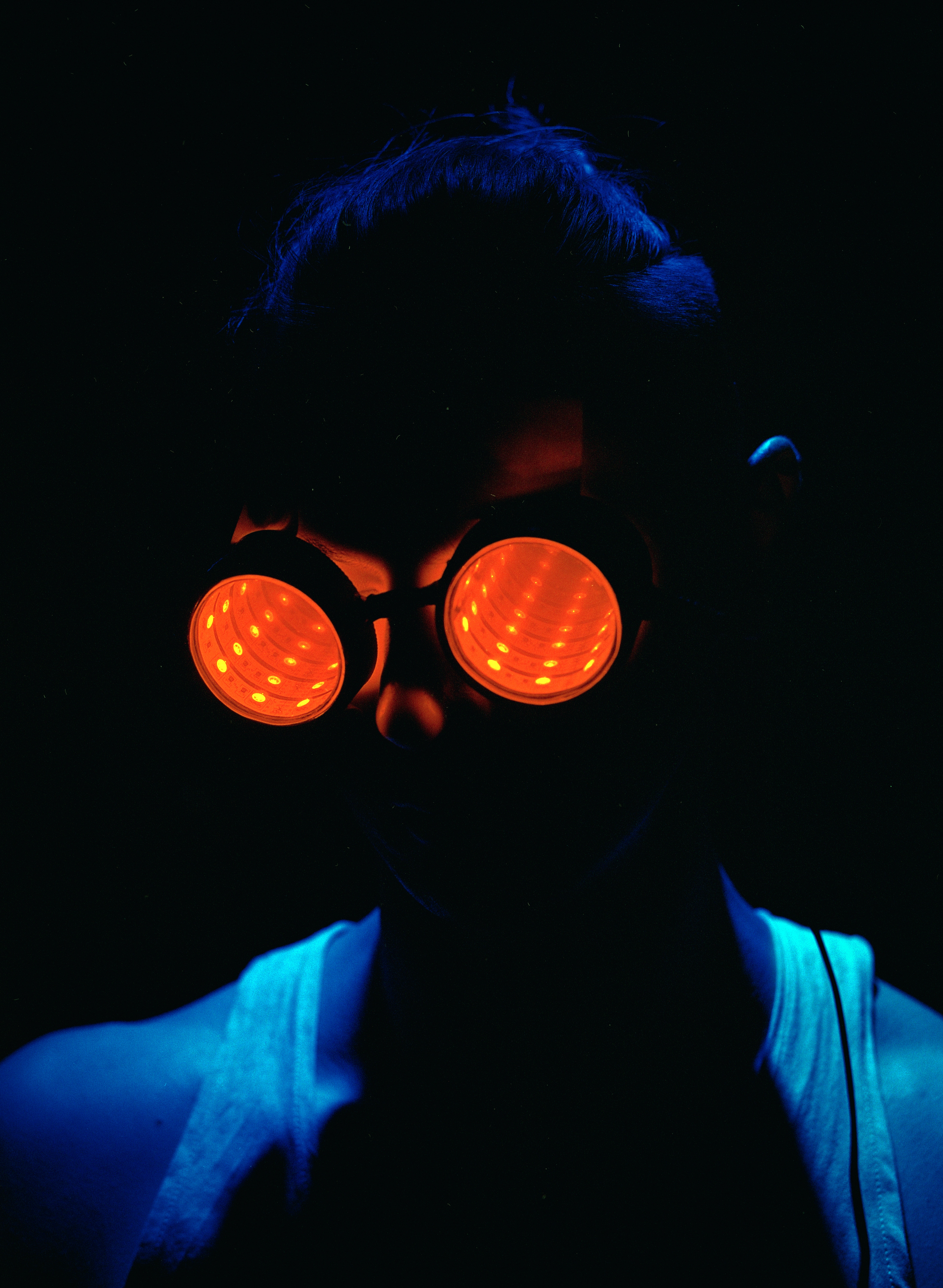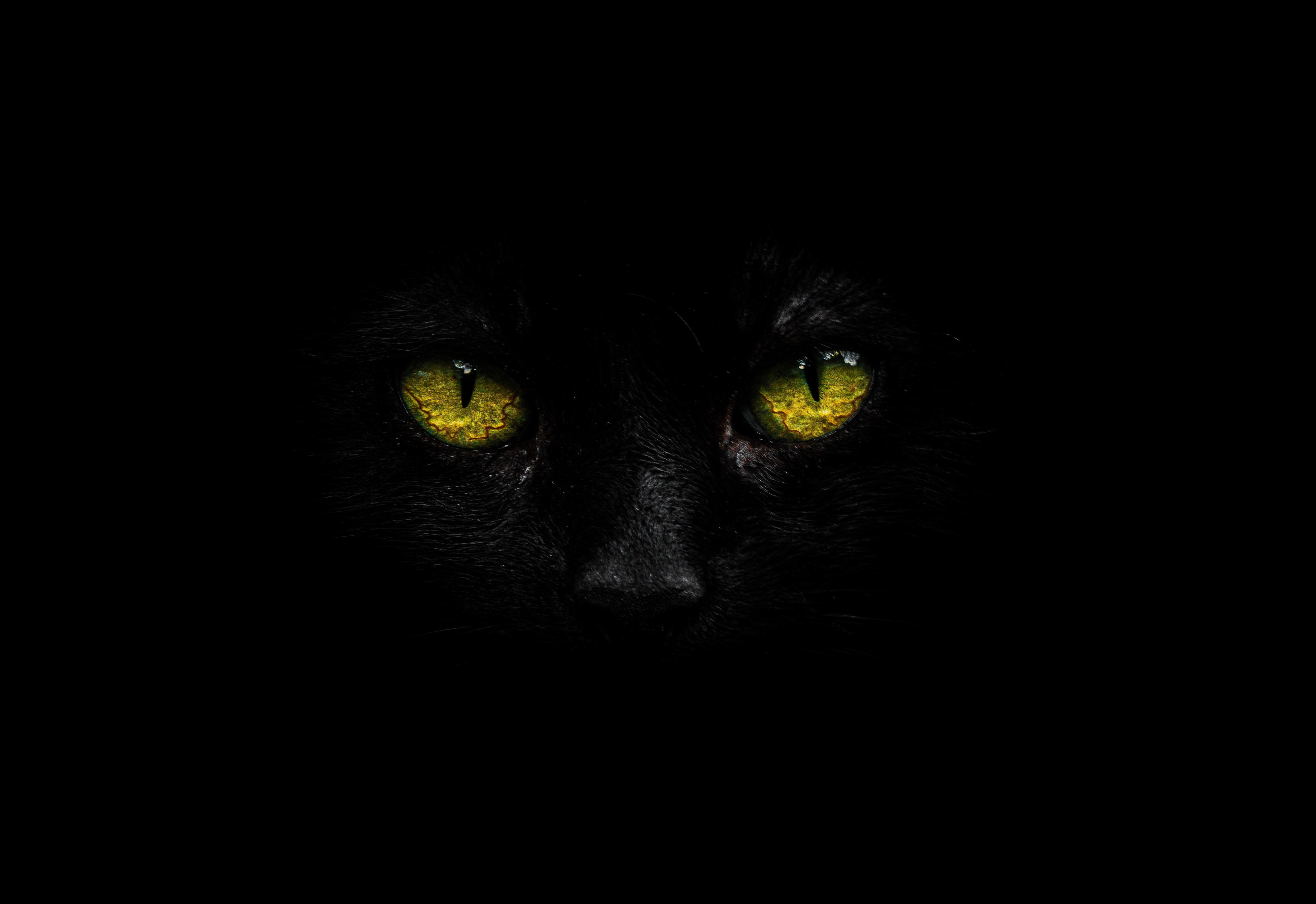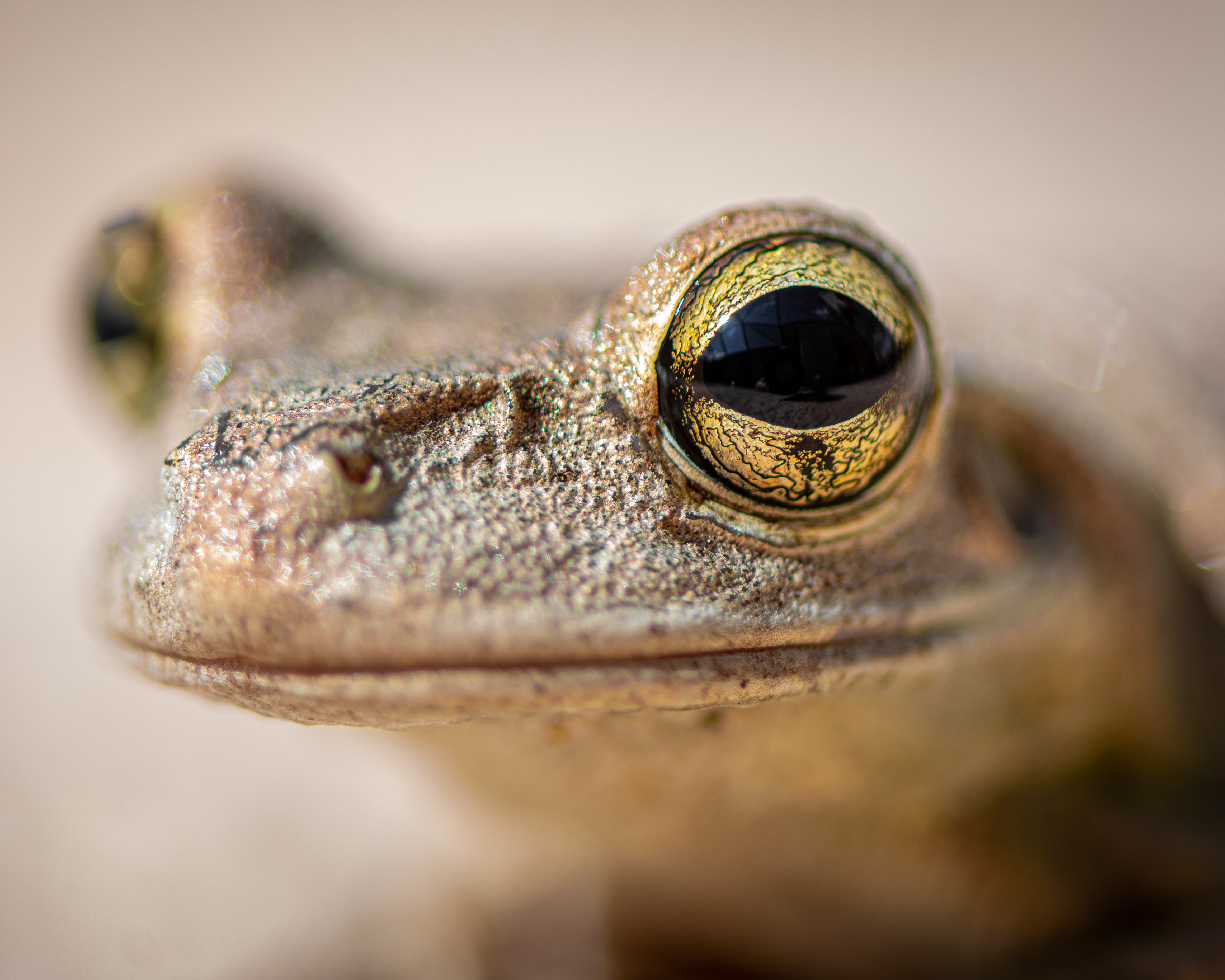None Can Hide From These Eyes- Night Vision in SciFi and Fantasy
Shabina lifted her visor and let the cool rain tickle her cheeks. It didn’t sting here like it did back in Kilel. The nuclear reactors powering this city apparently kept the weather in check better than back home. And it kept the air cooler, which helped in locating thermal signatures.
Movement by her leg. “Do see them?” Ace croaked. Shabina glanced at her companion, a frog-like Cribion with the stature of a toddler but the bulging black eyes of eight balls. Ace’s bright blue and yellow stripes were painfully obvious, especially against the neon lights reflecting from below. Most would have ditched Ace for this kind of assignment.
But Ace had better night vision than Shabina, even with her enhancements. Ace would never admit it, claiming mediocre vision “at best,” but it was one of two reasons why Shabina brought the little amphibian along. “Not yet,” Shabina said. She brought her binoculars back up. The targets should have been on the other building by now. The nanoparticles behind her retina could usually pick up the slightest difference in thermal signatures even from this distance, but she could only see the cold nothingness of the patio in question. Maybe she needed another injection of the things? They usually were good for a few weeks, and her last dose was two days ago.
“Where are you?” She muttured.
Ice cold plastic pressed up against the back of her neck. “Right here,” her target whispered. Ace squeaked in surprise. He drove the barrel of his ATZ-19 further into Shadina’s skin. “Now, who sent you?”
Shabina clicked the button on her wrist. Every light on this entire block, neon or otherwise, flickered out. Well, actually four blocks; Ace had done their job a little too well.
He was blinded by the sudden shift into darkness, but his eyes would readjust soon. With her eyes locked on the stumbling target’s heat signal, Shabina signaled to Ace. Ace, eyes easily tracking the blinded target, took out their knife and slid it over their skin. The alkaloid toxins coated their blade, the second reason why Shadina brought Ace.
They were clocking out early. Shadina and Ace pounced on their target.
Eyes in the Dark

The cyborg adjusts their optics settings to lock on their enemy perched in the night. The assassin raises her night vision binoculars to trace the movements of her quarry. The goblin’s pupils dilate as he slides into the cave entrance, moving from sunlight to the safety of pitch black. The vampire’s eyes flare red as they scan the maze of dark caverns for an ambush.
How can all these creatures stare unblinkingly into the foreboding darkness?
Jazz hands. Magic!
…Please, do you think I would cave that easily?
Granted, delving into the mechanics of night vision— or dark vision– may not seem like a crucial plot point for a story, be it for your next scifi novel, or your TTRPG worldbuilding. But I think the ability to see in darkness, if inherent to a fictional species, has monumental implications. For instance, does their type of vision push them to be a nocturnal culture, having bustling cities at night without the need of lamps with little activity during the day. Think of all of the energy and resources you can save! Or, were the species night vision due to evolving on a world where the sunlight was too harsh and the inhabitants were forced to move underground for centuries?
As for justifying night vision mechanics for the scifi genre… Let’s be honest. It’s freaking cool. Don’t tell me you never get goosebumps when a scifi novel or movie is able to get the science just right, teetering precariously on the thin sliver between fiction and reality such that you are filled with wonder and/or horror at our real technological future.
(Or maybe it’s just me. Don’t judge!)
And so, without further ado, let’s jump into how night vision would work according to science!
A Quick Eyeball Refresher
Let’s take a moment to review the good old fashioned human eyeball. Most of the eye variants we will be discussing will be based on altering this “standard” anatomy.
So, you’re walking outside, minding your own business, and you make the mistake of looking directly into the sun. Before you start to squint, the sun’s rays enter through your pupil and through a lens that focuses the light towards the back of your eye and not everywhere in your eyesocket.
Once the light travels through the lens, it moves through the clear gelatinous portion of your eye called the vitreous body to hit the retina at the back of your eye. Within your retina are 2 types of light sensitive cells: rods and cones. (Well, actually three types of cells, but we’re going to be focusing on rods and cones!). Rods are responsible for our low-light vision, but cones are the cells that make up our color vision. When rods and cones are stimulated by the light, they transmit a signal to the optic nerve at the very back of the eye which is then sent to the brain to be processed into a full image.
Quick fun fact: You have a blind spot where your optic nerve leaves your retina, as there are no light sensitive cells there! Check out the fun tests here to find your blind spot!
Technology Scans the Night

There are current technologies available without having to reach too far into the “steampunk” fantasy. Like night vision binoculars: these devices can detect a lower amount of visible light. And after all the research for this post, the ads popping up are graciously telling me that they are $190.
Now, you’ll notice I specifically said, “visible light.” That’s because (if you recall from those middle school science days) light is a wide spectrum with varying wavelengths. On the long end of the wavelength measurements, we have infrared light, and on the far end with small wavelengths, we have ultraviolet. Visible light falls somewhere in the middle. As to why our eyes are limited to only that relatively small range of light has to do with a molecule called opsin in our eyes, and the range of light the protein reacts to. Wikipedia tells me humans have only 9 opsins to choose from. So, if you want to curse anything for not allowing us to see the beautiful range that light has to offer, blame opsin.
But what if we could see infrared and ultraviolet light? Unlike visible light, which needs to be reflected off objects into our eyes, infrared (aka thermal) and ultraviolet are emitted from objects and animals. Well, we can! There are binoculars that can pick up these wavelengths!
Ok, enough boring anatomy jabbering: let’s get to the scifi action! That’s what we’re here for! Like a bionic eye with night vision settings. A true go-to in science fiction tales!
And you’ll be pleased to know that some modern-day implants are striving towards that! A lab in 2015 was able to add neural implants to rats to allow them to see infrared light. There even was talk of human neural implants that would allow humans to see infrared light. However, when I followed up on this company, I found this article which describes how the company making these implants has essentially gone out of business as of 2020, and the patients who received the implants are now left to deal with these implants that they can’t fix if the technology breaks (which seems like a whole plot or subplot right there).
So, reality still has some work to go before we reach scifi levels of heat vision.
But… what if I told you that there was something more metal A.F. than a meager bionic eye? A group of scientists have injected nanoparticles into mice eyes that allowed the mice to visually detect infrared light! The nanoparticles absorbed the infrared light, and then emitted visible light that the mouse retinas could pick up! More importantly, it did not interfere with the mice’s visible light vision, allowing any possible users, like Shabina above, to see in the dark without sacrificing any aspect of their vision.
Biological Night Vision

And thus we move from mice to men— well, more like fantastical humanoid species. What if we were willing to build a fictional species with organic night vision like goblins, dwarves, fairies, gnomes, and many other classical fantasy species? What animal model(s) can we look to for our worldbuilding?
Well, we can base their sight off real mammalian eyes! Cats, arctic reindeer foxes, and even goats have a filament behind their retina called the Tapetum Lucidum (TL) that effectively ensures the maximum amount of light hits the retina. Think of it like a light safety net: if the retina misses some light, the TL behind it can catch it and bounce it right back to the retina. In short, it effectively makes the retina more sensitive to low light. In arctic reindeer, the TL can actually adapt to changing light situations, from long summers to dark winters, giving their eyes a blue reflective glaze in the long winter versus a golden reflective glaze in the long summer. Couple that with relatively large eyes to increase the amount of light hitting said retinas, and we have ourselves an adorable prowler of darkness.
(Goblins will forever look like cute kittens to me after this post. You can’t tell me otherwise.)
And any fantasy species can increase their night vision acuity through having a higher concentration of rods in their retinas. This may lower their ability to see color clearly but optimizes nocturnal sight.
As for elves, let’s stick with the owl-like eyes! We discussed the structure of owl eyes last time for long distance, but these eyes have also evolved for nocturnal visual hunting! Like owls, elven eyes would have more rods and fewer cones, but the other factor would be the large eyes. The larger the eyes, the more light coming in to hit the retina, and the more one can see in darkness. (They also have a tapetum lucidum, so, which seems to be a very important trend here!)
But Can We Go Weirder?

I mean, c’mon. The answer to that question is always: OF COURSE!
The first place to look is in the deepest, darkest environment on the Earth: the ocean. Some deep sea fish have improved their dim light vision by relying on not nine opsin proteins (like humans), but 38 opsins. Remember, opsins are what react to light in the photoreceptor cells of rods and cones; the wider variety you have, the wider variety of light your cells can react to! (The possibilities of deep sea mermaids!)
Nocturnal insects have the gnarliest adaptation to see in the dark.. Their compound eyes have evolved to have multiple lenses that focus all that light to one retina. And it takes a while for their photoreceptors to become stimulated by the light, which surprisingly allows for better low-light vision!
Personally, I think it looks like a reverse-disco ball. But, this does meant that any insect folk in your fantasy world can take to the night skies or travel the dark forest roads with no issue!
But wait, there’s still more… we come to snakes! During my research, I erroneously believed that putting snakes on this list would have been cheating. I thought that rather than using their sight, snakes hunted at night with a specialized pit located on their face that lets them detect infrared light. Except, this team of researchers showed that snakes do rely on visual cues to hunt at night. So perhaps we will see more research developing on viper vision in the future! Until then, my snakefolk— Yaun’Ti in D&D— have specialized pits on their faces that allow them to detect heat.
Which brings us back, albeit in a roundabout way, to another fantasy species: the Drow from Dungeons and Dragons. The Homeland book series by R.A Salvatore suggests that these elves adapted to the Underdark can see infrared light, but not with pit organs. Now, the reason why this is here and not in the section above is because all animals that have been found to detect infrared light have been non-mammals. We could just say Drow have a specialized opsin in the Drow eye that can react to infrared vision, but let’s try to find an animal model. Goldfish or Zebrafish vision?
…Actually, we’re going to go to bullfrogs for this one! Bullfrogs have been found to have an enzyme called Cyp27c1 that, long story short, is able to convert vitamin A from one form to another. The usual form of vitamin A is a component of retinol, which (to avoid bogging us down in too many details) is key for opsin’s function. This switch from one vitamin A form to another makes photoreceptors cells more sensitive, allowing the eye to sense infrared light.
(I should note that Cyp27c1 is found in humans, but not expressed in the eye as it is in fish and amphibians.)
Alas, my fellow D&D lovers: the red eyes of the Drow don’t really help out with the night vision. I suspect that it the CYP27c1 gene is linked to a gene or gene promotor to produce high amounts of pheomelanin, a protein that would make the irises red. Linked genes just means that these traits are often found together, the classic example being “blond hair and blue eyes.”
In this case, we get “infrared vision and red eyes!”
Takeaways?
I always have so much fun with these more “appetizer buffet” posts. We get to taste a little of everything, and every bite is an adventure. Delving into the ways nature has managed to craft night vision and how scientists today have begun to move beyond the simple use of binoculars.
In fact, I feel like I need to make a whole meal out of the “scifi” section of this post. I started delving into a lot of articles and papers on prosthetics that needs to be explored and inspected in more than just a meager section in a post.
What is not explored here, however, is the cultural/societal implications of such vision adaptations. Does our goblin culture primarily thrive at night? Or perhaps they have evolved in the more artic regions of the world like reindeer. If a creature sees in heat vision due to living underground, do they utilize colors for art, or do they work with more tactical and auditory art styles? Do they even bother to have some sort of light source, like phosphorescent fungi or torches? If someone has an ocular implant allowing for night vision, what happens if their implant runs out of power suddenly? Who has access to this technology, and are there trial runs that people can participate in?
I shall let you ruminate on those parting thoughts. Enjoy, my friends!
